
Few things faze Noah Assad, Bad Bunny’s manager. But even he admits that launching a stadium tour barely three months after an arena tour was a bit daunting.
“We knew it was going to be a learning experience and something none of us had done before,” Assad says now, “but we went for it and worked through it with the help of old and new partners and set new industry standards.”
Bad Bunny ends the year as the top touring act of 2022, grossing $373.5 million from 1.8 million tickets across 65 shows, according to Billboard Boxscore, and that number doesn’t even include his last 20 Latin American stadium shows. This makes Bunny — born Benito Martinez Ocasio — the first act who doesn’t perform in English to ever top the year-end tally.
World’s Hottest Tour broke venue revenue records in 12 of the 15 U.S. markets that it hit, including Chicago and Washington, D.C., and New York, where he played Yankee Stadium. All told, the North American leg of tour averaged $11.1 million per show – the biggest per-show average gross by any artist in any genre in Boxscore history (dating back to the late 1980s).
Bunny also became the only artist to ever launch separate tours each topping $100 million in the same calendar year. His stadium tour launched after he played his 35-date El Ultimo Tour Del Mundo, an arena tour that earned $116.8 million from 35 shows.
So, how did an artist who only records in Spanish, who is signed to an independent label and has only been five years in the market achieve this feat? To find out, Billboard spoke with agents, promoters and producers to piece together the ingredients of Bunny’s spectacular touring success.
The seeds for World’s Hottest Tour, which ends with sold out shows Friday (Dec. 9) and Saturday (Dec. 10) at Mexico city’s Estadio Azteca, were sown April 15, 2021, when tickets went on sale for Bunny’s April 2022 arena tour. The tour sold out in a matter of hours, says Jbeau Lewis, one of Bunny’s agents at UTA, with some 200,000 to 300,000 people in virtual queue in individual arenas trying to score tickets, and it became clear how much demand there was for Bad Bunny concerts.
“I remember vividly Noah having a discussion that day and saying, ‘We have to hold some stadiums for next year.’ We saw the unprecedented demand for [2022 arena tour] Ultimo Tour del Mundo,” says Lewis. “And knowing that tour was going to be nine months away and that Benito had plans to release more music, the only way to provide enough supply to alleviate the demand was to move to bigger venues. And that’s when we started working on it.”
Last year Assad signed on with Henry Cardenas of Cardenas Marketing Network (CMN), Bunny’s longtime promoter who was already doing his arena tour who’d been booking him since he played 1,000-people club shows back in 2017 and 2018 in cites like New York and Miami. Cardenas brought in Live Nation, which has vast experience with stadiums, as his partners in the U.S.
In the U.S., the biggest challenge was not the prospect of selling out stadiums; Lewis felt very confident that wouldn’t be an issue if they stuck to those markets where Bunny had strongest demand. Scheduling was the problem, given that the tour was being booked just 15-16 months in advance, and MLB and NFL teams already had dates locked down. Assad and Bunny were also adamant that he not play more than two dates per city, so fans wouldn’t think that one market was preferred over another.
In the end, they settled on 15 U.S. cities and tickets went on sale before the tour design even was finalized, something tour producer Roly Garbalosa says is unusual. “Normally for a tour this big, you design, then look for the markets. Not here. Here we just went.”
Bad Bunny hit road Aug. 5 with a massive production hauling his massive “beach,” palm trees, LED screens and of course, the contraptions needed for his flying stunt, where he gets on top of a small island with a palm tree and soars over the crowd, singing all the way. While a typical tour will take about 20 cargo trucks, Bunny traveled with up to 36, carrying 100 tons of equipment. While CMN and Live Nation promoted the entire U.S. trek of the tour, in Latin America CMN took over seven concerts. The others went to independent promoters Assad has long worked with in the past, including Bizarro in Chile, Westwood Entertainment in Mexico and Dale Play in Argentina.
“Noah has a code of honor,” says Fede Lauria, the founder of Dale Play, who promoted Bunny’s two shows at Velez Sarsfield Stadium in Buenos Aires. “I promoted Benito’s first tour here in Luna Park in 2016. This time, it’s been the biggest production I’ve ever done. We sold 90,000 tickets, but I would have sold 900,000. We sold out in half an hour. I had over a million people in virtual line trying to buy tickets.”
For Latin America, Bunny again insisted on his no more than two shows per city rule. He also insisted that his show had to be exactly the same as what his fans saw in the U.S. This is easier said than done. Usually, promoters will pay artists their guarantee plus the cost of local production. But Bunny couldn’t rely on local production for such a technically complicated show. Many countries and venues simply don’t have the equipment necessary to replicated what can be done in state-of-the-art stadiums in the U.S. And many local promoters can’t afford to pay the costs of importing production and still break even, especially in countries that are suffering from massive devaluation. So, instead of modifying the show to meet local production standards, “He took all his equipment, put it inside a 747 jet, and took it with him,” Cárdenas says. “And he paid for that.”
Even then, says Garbalosa, adjustments were required. Bunny’s flying stunt in the U.S. is done commonly by hitching the equipment to the lights and towers. Because many stadiums in Latin America don’t have that capability, “We had to rent cranes and place them outside the stadium,” says Garbalosa.
Bunny traveled through Latin America with the 747 cargo jet for his more than 100 tons of equipment; a passenger jet for his 130-plus crew and personnel and a private jet for himself and his immediate five-to-six-person team. And he paid those costs.
“No other artist does that,” says Cárdenas.” I will say it in plain English: He’s the only artist who invests that kind of money in his production in Latin America.”
What that decision translates to is less money for the artist. Shows in the U.S. make more because ticket prices are higher and the cost of production, in this case, can be far less.
“But he said, my fans deserve the same show,” Cárdenas says. “It will pay off in the future.”
In some ways, you could say it’s already paying off.
“I’ve been doing this for 30 years,” adds Garbalosa, the production manager. “I’ve never worked with an artist that creates this kind of frenzy.”
[flexi-common-toolbar] [flexi-form class=”flexi_form_style” title=”Submit to Flexi” name=”my_form” ajax=”true”][flexi-form-tag type=”post_title” class=”fl-input” title=”Title” value=”” required=”true”][flexi-form-tag type=”category” title=”Select category”][flexi-form-tag type=”tag” title=”Insert tag”][flexi-form-tag type=”article” class=”fl-textarea” title=”Description” ][flexi-form-tag type=”file” title=”Select file” required=”true”][flexi-form-tag type=”submit” name=”submit” value=”Submit Now”] [/flexi-form]
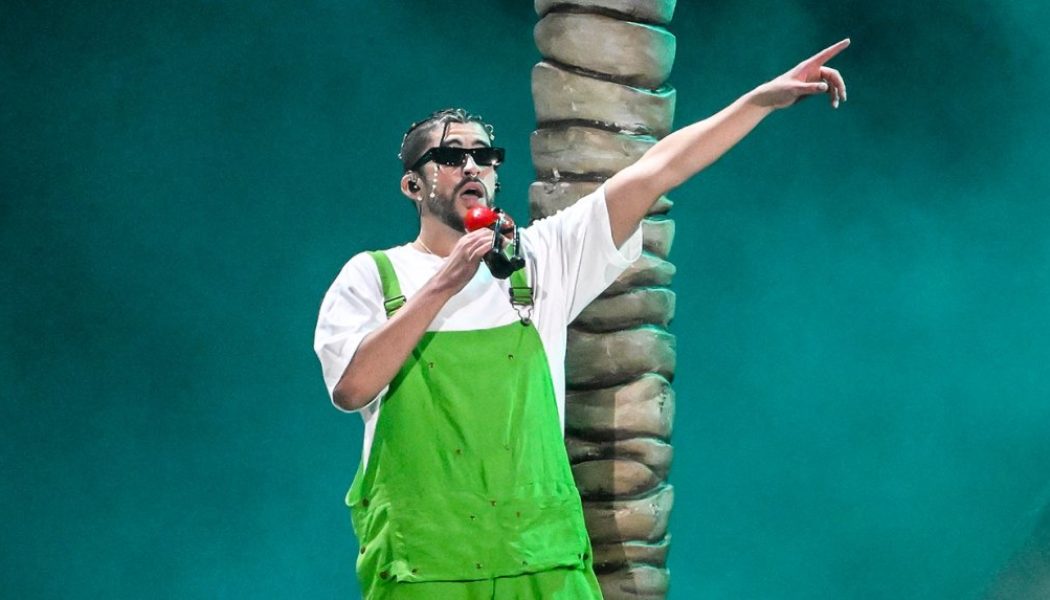

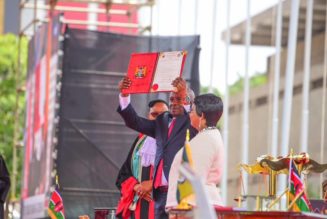
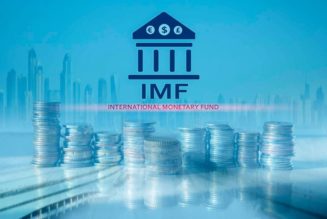



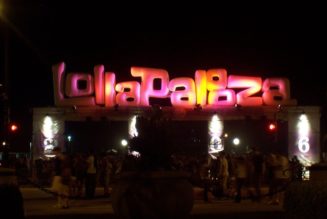
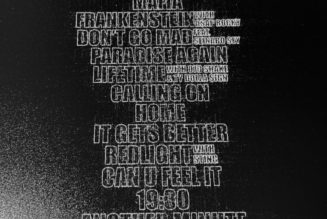
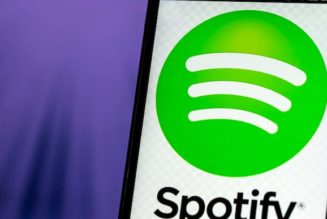
Tagged: bad bunny, Billboard Boxscore, business, concert production, entertainment blog, International, Latin, music blog, Noah Assad, Touring